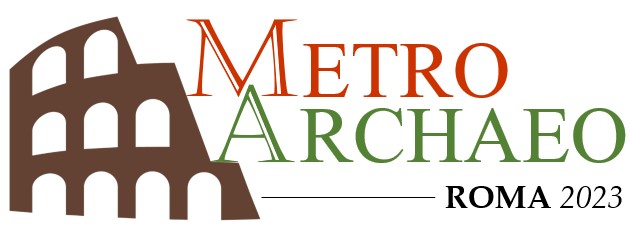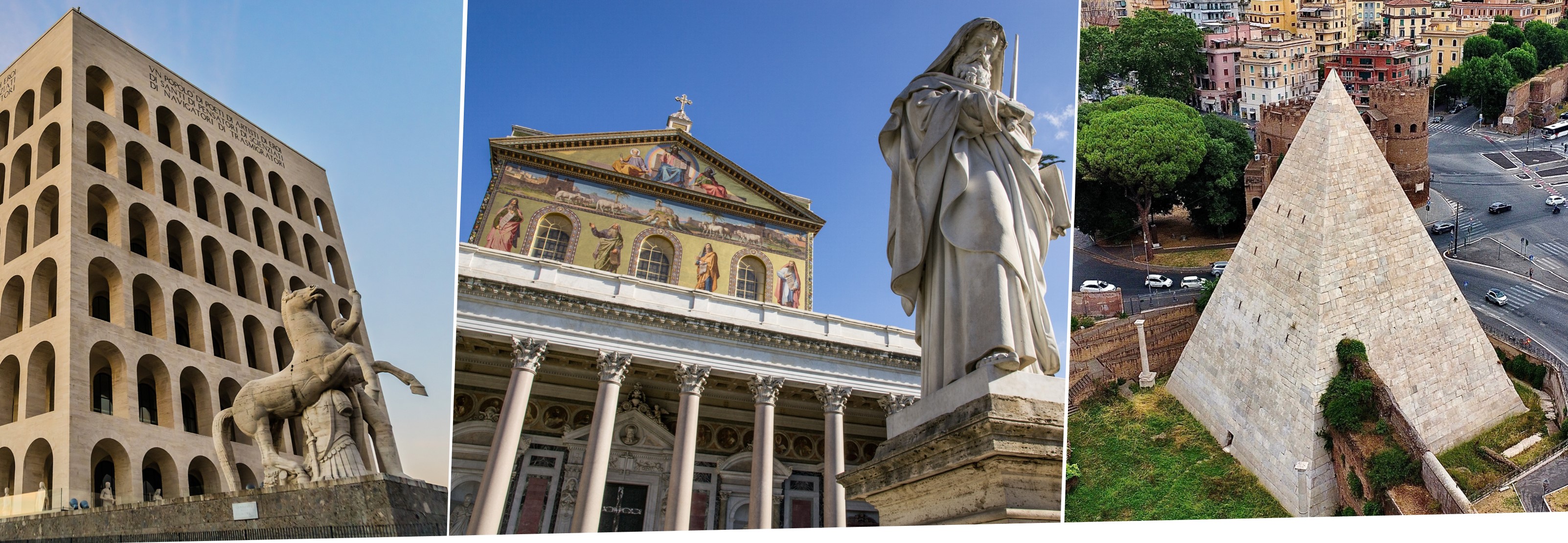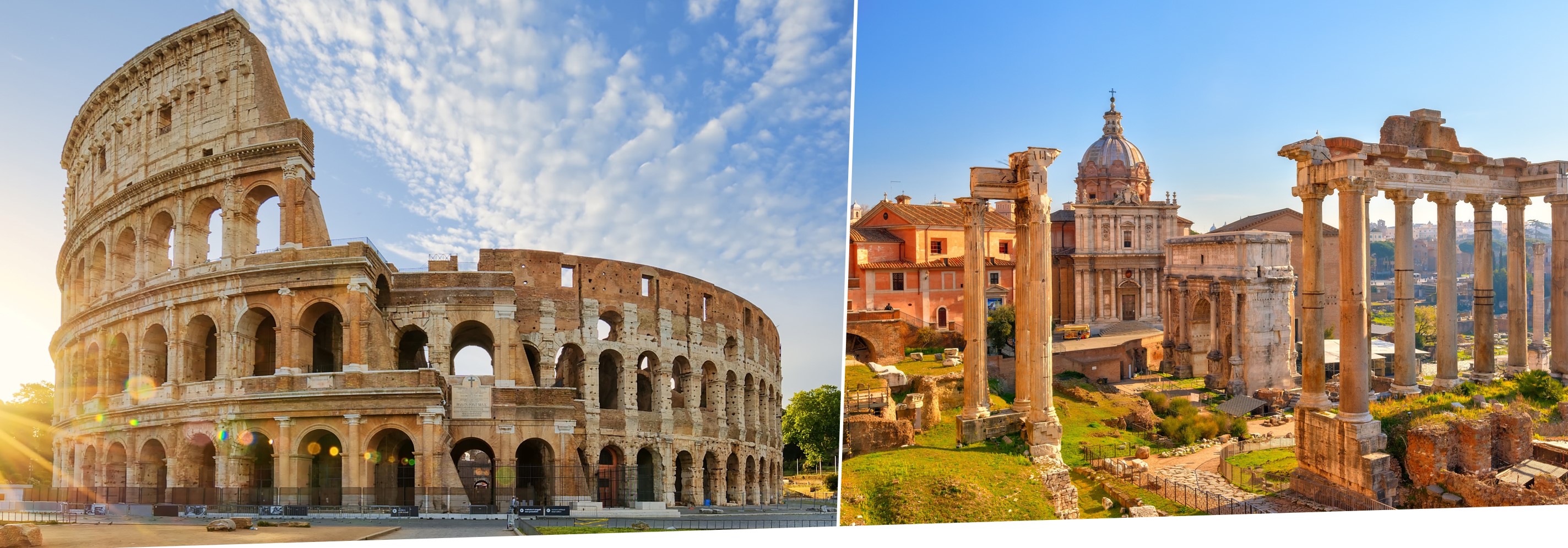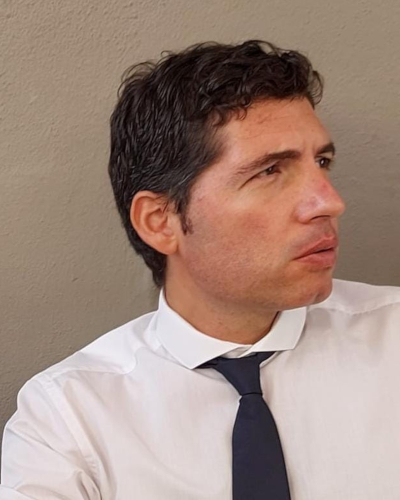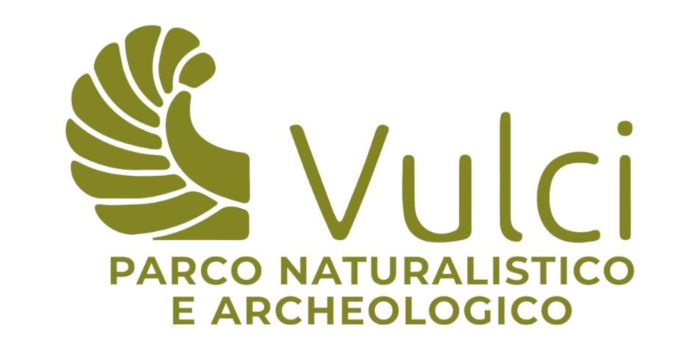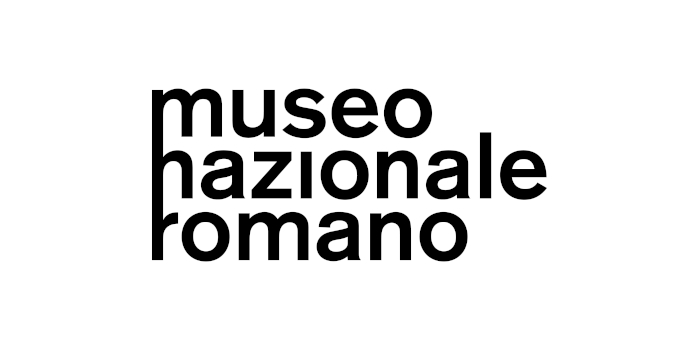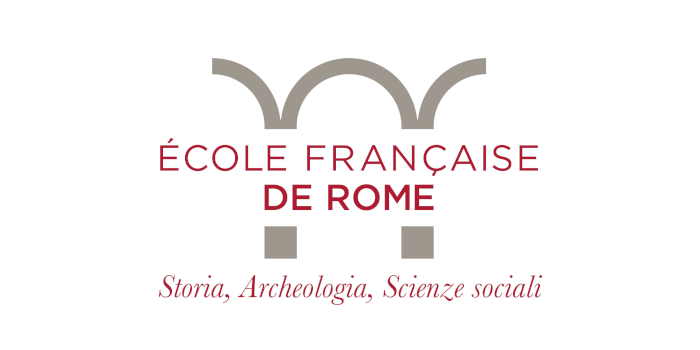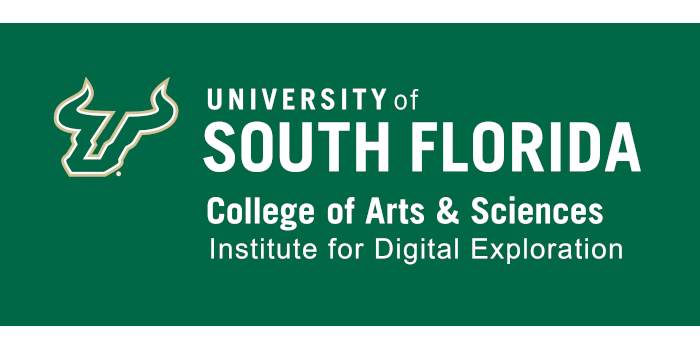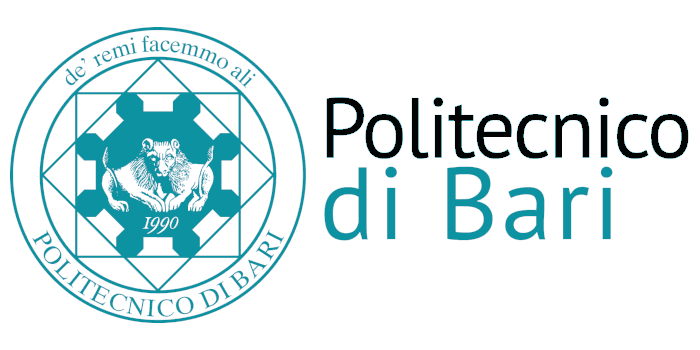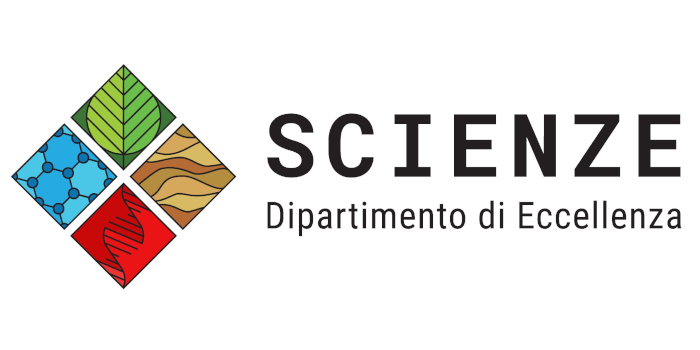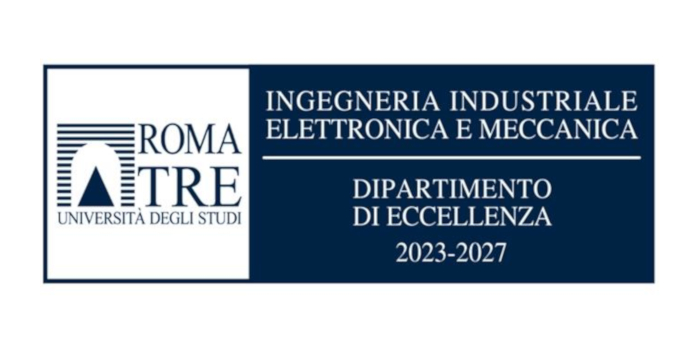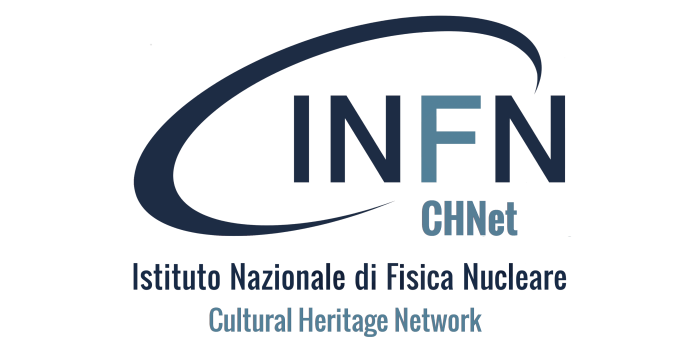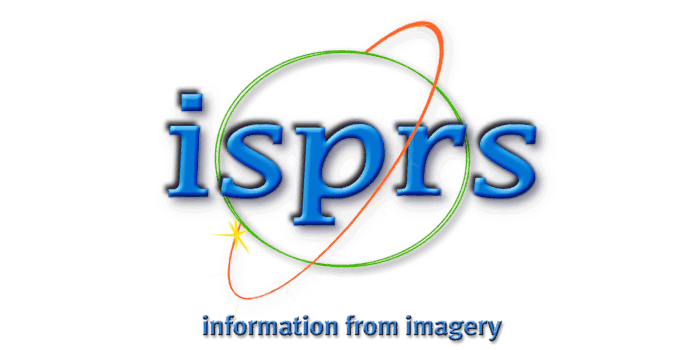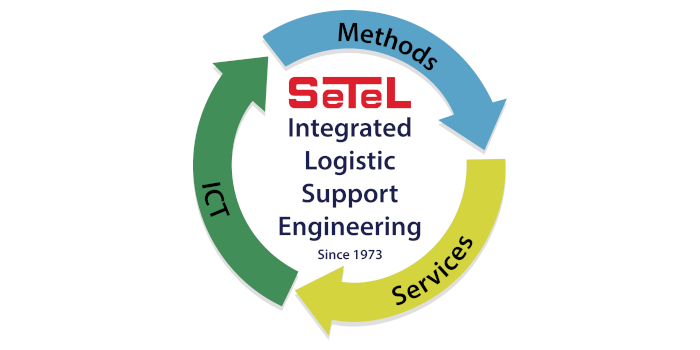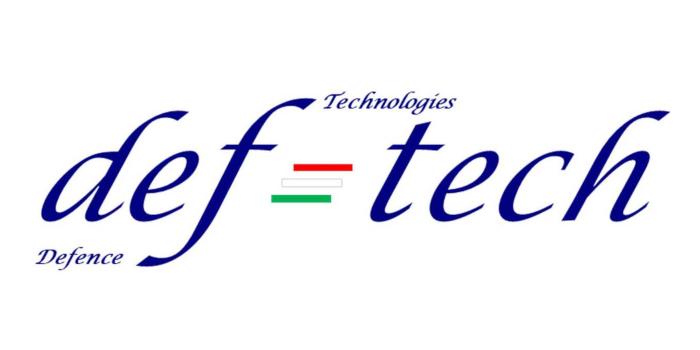SPECIAL SESSION #17
Understanding the human contribution in sediment/soil formation employing geochemical methods
ORGANIZED BY
Gianni Gallello
University of Valencia, Spain
ABSTRACT
A major challenge for archaeologists, is the understanding the development and formation of sediments and soils to better comprehend the past human activities, such as farming, domestic and manufacturing activities and to differentiate them from natural or post-depositional processes.
In this multidisciplinary session different areas of knowledge such as archaeology, soil science, environmental science, analytical chemistry, geochemistry and statistics, converge and unite. The session aim is to discuss the methodological approaches employed by the scientific community to provide proxies to identify past human activities. Innovative applications based on the determination of mineral and organic compounds and in general any geochemical approach related with archaeological sediments/soils analyses are welcome. We also encourage the submission of works focused in sites and contexts with very poor archaeological records where the human activities behind these findings can only be observed by sediment and soil analyses.
ABOUT THE ORGANIZER
Gianni Gallello was awarded his PhD in 2014 by the University of Valencia (Spain). In his dissertation he developed innovative methodological proposals for the study of archaeological soil and human remains, employing novel sampling strategies, Rare Earth Elements (REE), major and trace element analysis and multivariate statistics. The capability to act consistently has helped to provide the support to present new methodological proposals for a set of heterogeneous and diachronic archaeological materials (from Prehistory). During the last 10 years his research activity has been focused on the chemical analysis of different archaeological materials, testing new methodological approaches to overcome some of the most significant problems facing the archaeological community in the sphere of ancient human activity fingerprinted in the soil, post-mortem bone contaminations, lithic material origins, the raw material origins of mortar, provenance of ceramics and identification of organic materials in ancient objects. Gianni has a background in analytical chemistry and a wide range of practical and analytical skills acquired working across the disciplines of Archaeology, Biology and Geology . Significant results from his PhD and subsequent postdoctoral research have been published in high impact journals. He is committed to disseminating his research as widely as possible and was invited to present his research at different congresses and conferences worldwide. Gianni has significant experience in supervising undergraduate, postgraduate and PhD students in different institutions.
Gallello was a Marie Curie Research Fellow (2016-2018) at the University of York (UK) with MATRIX Project funded by the European Commission (Horizon 2020). The aim of the innovative MATRIX project is to establish a new interdisciplinary and multidisciplinary methodological approach for the identification of anthropogenic deposits in archaeological excavations through REE soil analysis. In 2014 Gianni founded ArchaeChemis (www.uv.es/archaechemis) at the University of Valencia. ArchaeChemis was designed as a chemical analysis unit for research and technology transfer aimed at both research groups and non-academic organizations engaged in the study of the past. Today Gianni is Distinguished Researcher at the Department of Prehistory, Archaeology and Ancient History (University of Valencia) running ArchaeChemis unit and also Research Associate at the Department of Archaeology (University of York). Gianni has been the first and corresponding author of general public interest scientific publications such as the paper about poisoning of very famous humanists from the Italian Renaissance like Pico della Mirandola (Gallello et al., 2018) that was news in Spanish and Italian national media. Furthermore an important news in Spanish media was his study about the conservation state of Persepolis an UNESCO cultural heritage site (Gallello et al., 2016). He was studying soil sequences from the terraced UNESCO landscape at Konso (Ethiopia) and at Engaruka (Tanzania) in collaboration with the Archaeology of Agricultural Resilience in Eastern Africa (AAREA) ERC project team. Gianni has also attended AAREA Policy Brief sessions at the British Houses of Parliament (London) in November 2017 participating in the question and answer sessions regarding possible applications of MATRIX research results. Also, He presented the MATRIX project results at the offices of the White-Rose University Consortium in Brussels in December 2017. Since 2021 is also reviewer for the Spanish State Research Agency and Associate Editor (2023) for Heliyon, an all-science open access journal that is part of the Cell Press family (ELSEVIER).
